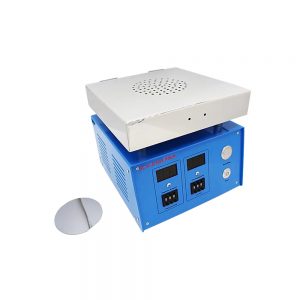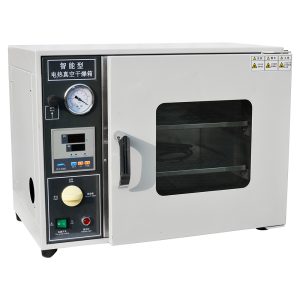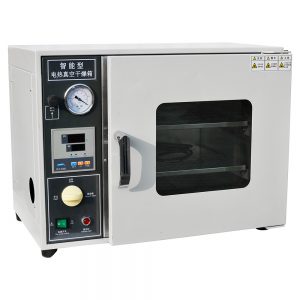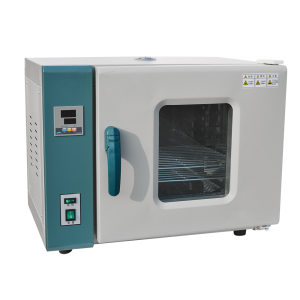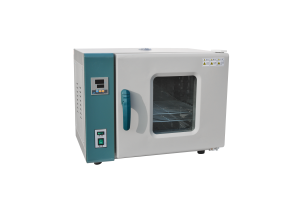Dry Ovens & Hot Plates
Hot Plates, Drying Ovens, & Other Heating Devices
Introduction
Ovens are commonly used in the laboratory to remove water or other solvents from chemical samples and to dry laboratory glassware before its use. Other heating devices, such as hot plates and heating mantles, are used for a variety of purposes.
Burns and other injuries can occur when heating devices are not used properly. Regardless of the type of heating device used, never heat a sealed container, and always use the device as intended especially when used with or near flammable or combustible solvents or materials. Heating devices must be rated/approved for the use and the environment in which it will be used (i.e., flammable or explosive atmospheres, in the presence of combustible dust, indoors or outdoors, etc.).
Drying Ovens
Because of the possible formation of explosive mixtures by volatile substances and the air inside an oven, laboratory ovens should be constructed so that their heating elements (which may become extremely hot) and their temperature controls (which may produce sparks) are physically separated from their interior atmospheres. Small household ovens and other similar devices do not meet this requirement and, consequently, should not be used in laboratories. Obviously, because of the spark potential, ovens should also be located away from potential fuel sources (i.e., common combustible materials like cardboard and paper, organic solvent storage areas, etc.).
With the exception of vacuum drying ovens, laboratory ovens rarely have any means of preventing the discharge of material volatilized within them. Thus it should be assumed that these substances will escape into the laboratory atmosphere but may also be present in sufficient concentration to form explosive mixtures within the oven itself. Venting the oven to an exhaust system will reduce this hazard.
Drying ovens should not be used to dry glassware that has been rinsed with organic solvents.
Do not use mercury thermometers to monitor oven temperatures. Accidental breakage of the thermometer will cause a serious hazard since uncontained mercury will volatilize very rapidly.
Heating Devices
The actual heating element of any heating device should be enclosed in a glass, ceramic, or metal case. Heating devices (such as heating mantles) require autotransformers to control the temperature.
Auto-transformers must be wired according to code and have a two-pole switch, a three-prong plug, and a power overload device. These devices are to be located away from areas where flammable vapors are produced.
Unattended heating devices must be protected with overload circuitry and with a temperature-sensing device that will turn the power off in the event of overheating.
When cooling water is used in connection with heating (as in the condenser of a solvent still), an automatic device to turn off the power when water flow is interrupted is absolutely necessary.
Showing 1–12 of 24 results


